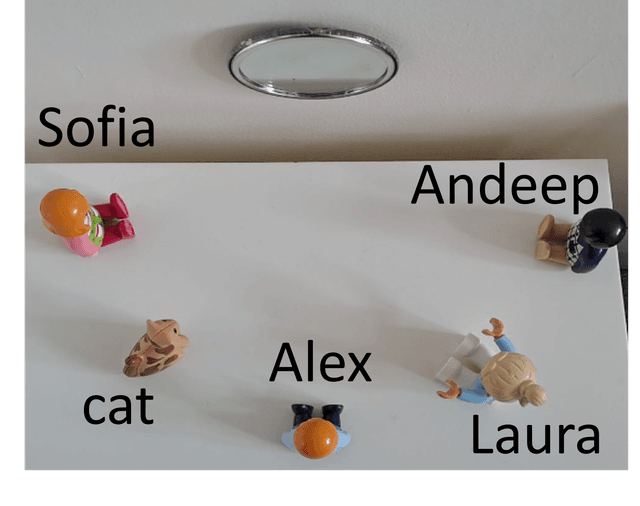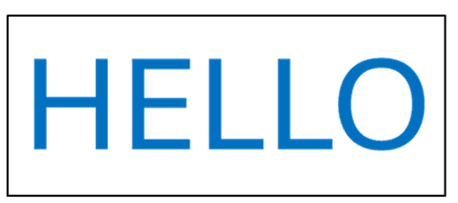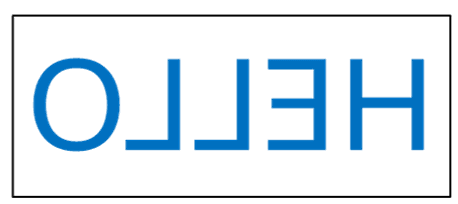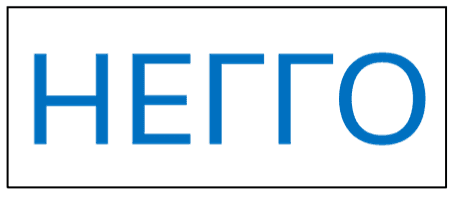Myths about teaching can hold you back
- Year 8
Reflected images
I can describe and explain the properties of reflections in a plane mirror, and draw diagrams to show how reflections form.
- Year 8
Reflected images
I can describe and explain the properties of reflections in a plane mirror, and draw diagrams to show how reflections form.
These resources will be removed by end of Summer Term 2025.
Switch to our new teaching resources now - designed by teachers and leading subject experts, and tested in classrooms.
These resources were created for remote use during the pandemic and are not designed for classroom teaching.
Lesson details
Key learning points
- Reflections are the same size as the object, upright, and the same distance behind the mirror as the object is in front.
- In a plane mirror, reflections appear laterally inverted compared to the object when it is facing us.
- Mirrors reflect what is in front of them. Reflections are laterally inverted as objects are turned to face a mirror.
- Reflections are virtual images; they appear where light rays seem to have come from, not where they actually come from.
- Virtual rays show where light rays appear to have come from; they are drawn as dashed lines.
Keywords
Image - a representation of an object
Reflection - (1) the process of light ‘bouncing off’ a surface (2) an image seen in a mirror
Laterally inverted - describes an image that has been ‘flipped’ horizontally
Virtual ray - a dashed line drawn to show where light seems to be (but is not actually) coming from
Virtual image - an image that can be seen but not projected onto a screen
Common misconception
Mirrors must somehow turn images around or ‘flip’ them to make reflections laterally inverted.
Explicitly teach that a mirror merely (and passively) reflects what is directly in front of each part of it. Pupils can observe the reflection of text on clear plastic: the image is the same as what is seen looking through the back of the text.
To help you plan your year 8 science lesson on: Reflected images, download all teaching resources for free and adapt to suit your pupils' needs...
To help you plan your year 8 science lesson on: Reflected images, download all teaching resources for free and adapt to suit your pupils' needs.
The starter quiz will activate and check your pupils' prior knowledge, with versions available both with and without answers in PDF format.
We use learning cycles to break down learning into key concepts or ideas linked to the learning outcome. Each learning cycle features explanations with checks for understanding and practice tasks with feedback. All of this is found in our slide decks, ready for you to download and edit. The practice tasks are also available as printable worksheets and some lessons have additional materials with extra material you might need for teaching the lesson.
The assessment exit quiz will test your pupils' understanding of the key learning points.
Our video is a tool for planning, showing how other teachers might teach the lesson, offering helpful tips, modelled explanations and inspiration for your own delivery in the classroom. Plus, you can set it as homework or revision for pupils and keep their learning on track by sharing an online pupil version of this lesson.
Explore more key stage 3 science lessons from the Making images unit, dive into the full secondary science curriculum, or learn more about lesson planning.

Equipment
Teachers could consider making mirrors, clear plastic and pens (for writing on clear plastic) available for use this lesson to demonstrate some of the ideas covered.
Licence
Prior knowledge starter quiz
6 Questions
Q1.Which of the following is a word meaning ‘representation of a real object’?
Q2.Which of the following is a definition of the word ‘inverted’?
Q3.Which of the following are definitions of the word ‘reflection’?
Q4.Which of the following describe the way a plane (flat) mirror reflects light?
Q5.In the laws of reflection, which of the following statements comparing the angle of incidence and angle of reflection are correct?
Q6.A pupil holds up a white screen at a short distance from a filament bulb that is switched on. Which of the following statements explains why a representation of the bulb does not appear on the screen?
Assessment exit quiz
6 Questions
Q1.A door is 4 m from a mirror. What is the distance between the door and the place where its reflection appears to be?
Q2.The picture shows four people and a cat looking at a mirror. Who can see the cat in the mirror?

Q3.A pupil has a piece of card with the text ‘HELLO’ on it, as shown. They flip it around horizontally so that it faces a mirror. Which of the following reflections do they see in the mirror?







